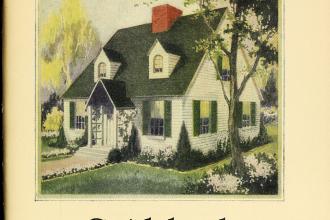About RIC
Rural areas comprise 97% of the United States’ land area but are home to only 14% of the population. With funding spread over a wide distance, residents and communities often experience greater difficulties accessing resources, provisions, or services. RIC aims to support our rural communities and the residents working to help them thrive.
Featured Topics
Key Products
Guide to Funding Resources

Links to searchable databases offering funding opportunities from government and private sources that are available to local governments, community organizations, and individuals.
Rural Development Publications Collection
This digital collection contains publications related to historical rural development in America. Series such as Rural Development Research Reports, Rural Development Perspectives, Agricultural Economic Reports, and more are included.
Housing in Rural America: A Digital Exhibit

A snapshot of rural America is captured in this online exhibit featuring material from the National Agricultural Library (NAL) General and Special Collections.
RIC Basics
RIC provides information, research and referral services to rural government officials, community organizations, libraries, businesses, and citizens in rural communities working to maintain America's rural areas.
Follow Rural News from the USDA [usdasearch.usda.gov]
Contact Us
Use the National Agricultural Library's Ask a Question form.
Phone: (301)504-5755
 An official website of the United States government.
An official website of the United States government.